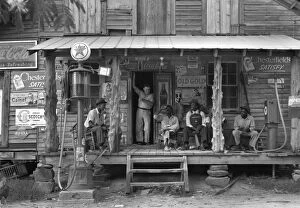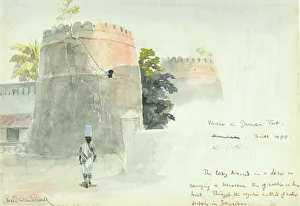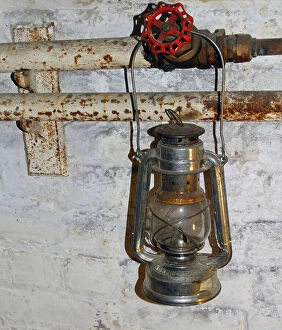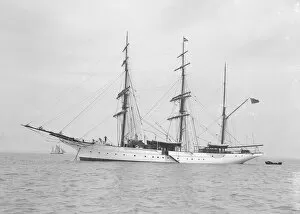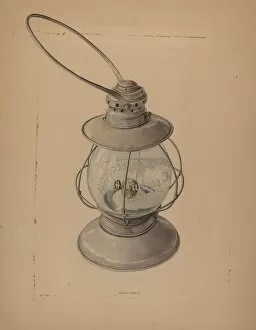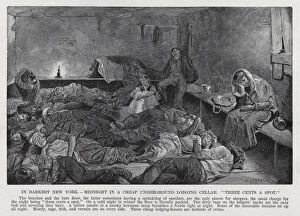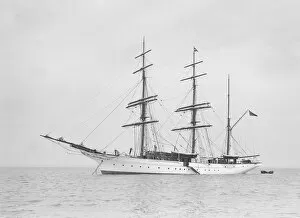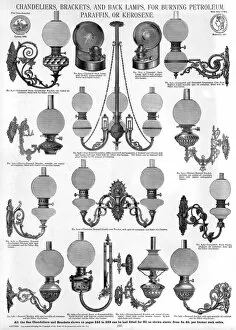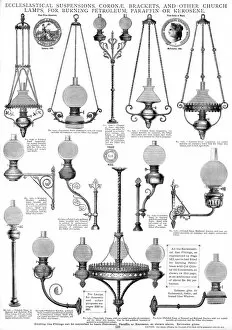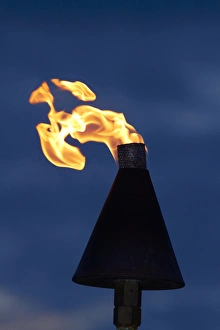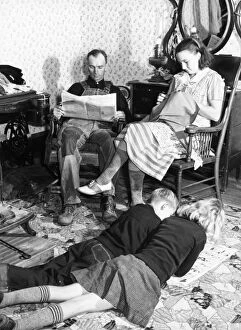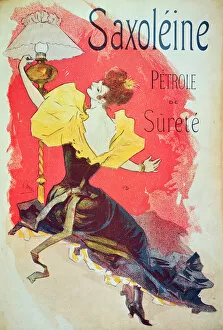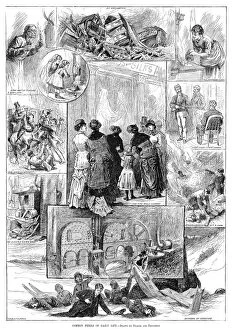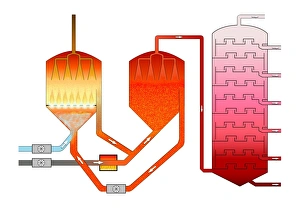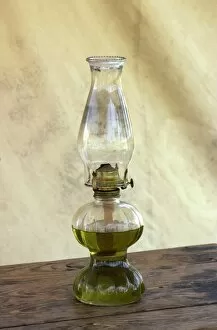Kerosene Collection
"Capturing the Warmth: Kerosene's Timeless Glow" Step back in time to the 1930s, where kerosene reigned as a vital source of heat and light
All Professionally Made to Order for Quick Shipping
"Capturing the Warmth: Kerosene's Timeless Glow" Step back in time to the 1930s, where kerosene reigned as a vital source of heat and light. In Gordonton, North Carolina, Dorothea Lange's lens transports us to a country store on a lazy Sunday afternoon. African American men gather on the porch, their conversations blending with laughter and camaraderie. Amidst this scene stands the owner's brother at the doorway, overseeing his domain. On one side rests a kerosene pump - its presence symbolizing warmth and comfort during chilly nights. Opposite it stands its gasoline counterpart, ready for those seeking fuel for their journeys. Lange's photograph not only captures this moment but also sheds light on kerosene's significance in everyday life. Its role extends beyond heating homes; it fuels memories of simpler times when communities gathered around shared necessities. Venturing further into history, we encounter Vasco di Gama's Fort - an emblematic structure that guarded Portuguese interests during maritime expeditions centuries ago. It serves as a reminder that even explorers relied on kerosene lamps to illuminate their way through uncharted territories. In industrial settings like oil refineries, dedicated workers labor tirelessly to refine crude oil into various products including kerosene. Their dedication ensures that households across the globe continue to bask in its gentle glow. Meanwhile, William Ludwig presents us with Cape Cod Lighter - an elegant artifact from 1935-1942 showcasing how kerosene transcends utility and becomes artistry itself. This lighter embodies both functionality and beauty while reminding us of our reliance on this versatile fuel source. Even aviation pioneer Charles Lindbergh recognized kerosene's importance by utilizing Primus stoves during his daring flights in 1931 – relying on their reliability when soaring through unforgiving skies. Samuel Faigin introduces us to two more kerosene marvels.


